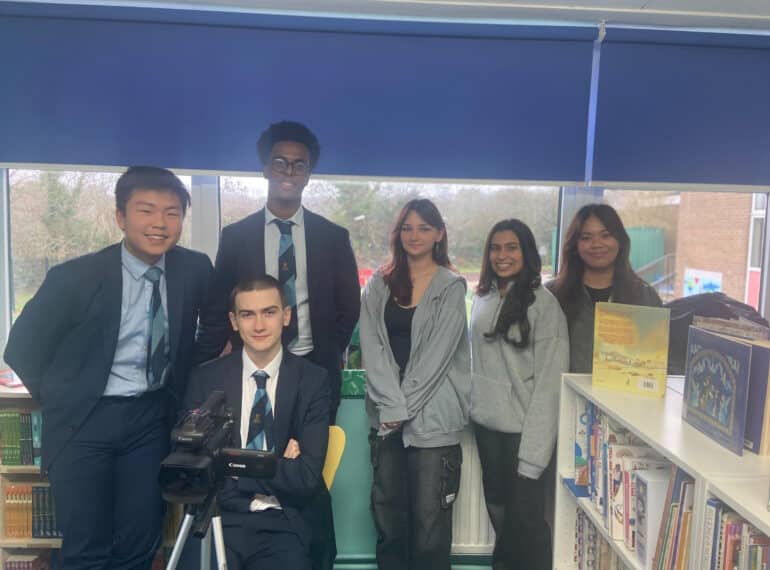
Members of the QE Together partnership have now begun editing after spending two days filming in a Barnet primary school as part of a community outreach project.
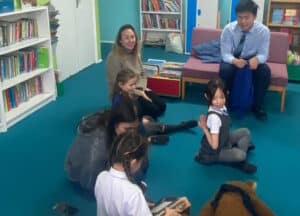 A team from the partnership – consisting of senior pupils from QE and Queen Elizabeth’s Girls’ School – visited QE’s near-neighbour, Christ Church Primary School. The filming was the latest stage in a project that the team have been working on for several months to create a promotional video aimed at encouraging prospective parents to sign up for Christ Church’s nursery.
A team from the partnership – consisting of senior pupils from QE and Queen Elizabeth’s Girls’ School – visited QE’s near-neighbour, Christ Church Primary School. The filming was the latest stage in a project that the team have been working on for several months to create a promotional video aimed at encouraging prospective parents to sign up for Christ Church’s nursery.
Lead Enrichment Tutor Kanak Shah said: “All the students – our boys, the girls from QEGS and the Christchurch pupils – did very well, and the little ones were adorable!”
The QE team comprised the 2023 School Captain, Darren Lee, and two of the 2023 Vice-Captains, Shuaib Adam and Anthony Bartlett.
Shuaib, of Year 13, explained that the QE Together team had first held meetings with Christ Church’s head, Mrs Elena Print, to map out ideas and plan the key messages of the video.
During the two days, the team thoroughly explored the school in their filming, as well as shooting B-roll footage (supplementary video) to support the visual story-telling at the heart of the film.
 “We engaged with children, including those as young as nursery, guiding them to express the school motto [‘Through God’s love, we learn, aspire and achieve; we flourish’] and ethos. This collaborative effort not only enriched the visual narrative, but also provided an authentic perspective on the school’s values and identity.
“We engaged with children, including those as young as nursery, guiding them to express the school motto [‘Through God’s love, we learn, aspire and achieve; we flourish’] and ethos. This collaborative effort not only enriched the visual narrative, but also provided an authentic perspective on the school’s values and identity.
“The experience so far has taught us many valuable skills, especially teamwork skills – both within our team and in collaboration with other schools – which has strengthened our capacity for effective communication, task delegation, and collective problem-solving. The cross-school collaboration has not only expanded our network for QE Together’s future, but also deepened our understanding of community dynamics and the importance of collective efforts.”
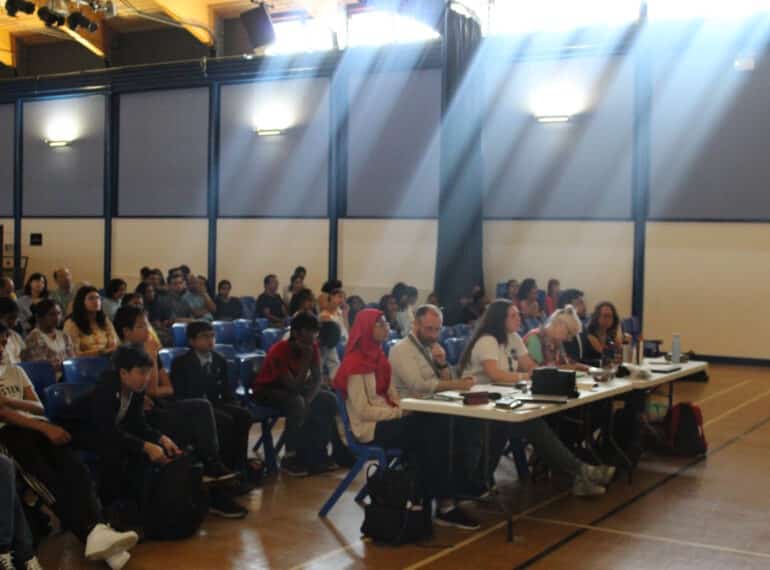
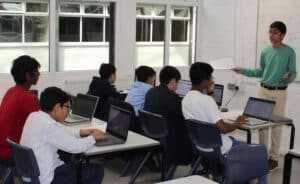 Four teams – two from each school – battled it out in the Galactic Challenge, which was hosted by QE. Helping out on the Saturday of the competition were a trio of Old Elizabethans who are themselves veterans of space competitions.
Four teams – two from each school – battled it out in the Galactic Challenge, which was hosted by QE. Helping out on the Saturday of the competition were a trio of Old Elizabethans who are themselves veterans of space competitions.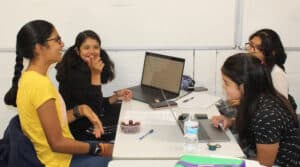 Galactic Challenge, which is for students aged 10-14, is the sister competition of the UK Space Design Competition (UKSDC), which is for those aged 15–18.
Galactic Challenge, which is for students aged 10-14, is the sister competition of the UK Space Design Competition (UKSDC), which is for those aged 15–18.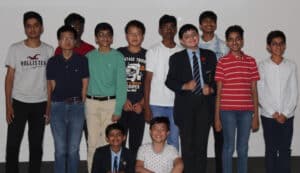 The RFP asked companies to deal with various challenges. These included:
The RFP asked companies to deal with various challenges. These included: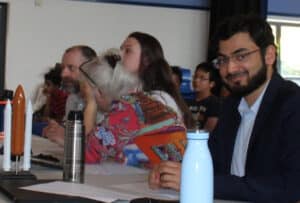 The judges’ panel featured staff from the Space Science & Engineering Foundation, QE Head of Physics Jonathan Brooke, Dr Flore Faille, Head of Physics at HBS, and Aadil Kara (OE 2010–2017).
The judges’ panel featured staff from the Space Science & Engineering Foundation, QE Head of Physics Jonathan Brooke, Dr Flore Faille, Head of Physics at HBS, and Aadil Kara (OE 2010–2017).